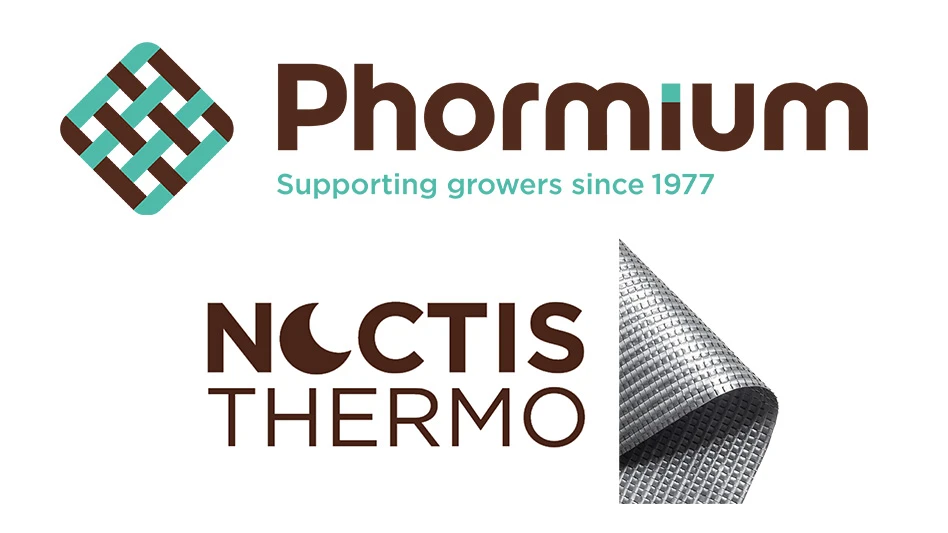

At age 10, Nick Gerace got his first paycheck from Welby Gardens, the greenhouse his great-grandfather founded in 1948. After growing up in the company, playing in the dirt, Gerace got involved with planting and watering at a young age.
By the time he was halfway through high school, he knew he wanted to spend his career in the family greenhouse. The day after he graduated from Colorado State University in May 2010 with his bachelor’s degree in soil and crop sciences, he joined Welby full-time.
Since then, Gerace has been committed to growing his family’s legacy for producing high-quality bedding plants under the Hardy Boys brand, along with Hardystarts rooted liners. Today, as director of wholesale operations, he shares ownership of the fourth-generation family business with his dad, Marty, CEO, and his cousin, Dan, the production manager.
“Our main goal is to produce the highest quality plant material that we can produce,” Gerace says. That requires a hardworking team of growers using the best inputs to produce a “staggering diversity” of plants for Welby’s customers, which include independent garden centers and local landscapers.
When Gerace joined the operation, it spanned one million square feet of production space across three locations in Denver. In 2019, the company closed one facility, downsizing to about 570,000 square feet and refining its focus on quality. “It cut down on our overhead and made our business run a lot more efficiently,” Gerace says. “We are more profitable now than we ever were back then.”
Starting young
Before Gerace joined, Welby used to ship finished plants into areas like Texas and Arizona with earlier springs, which extended the greenhouse’s growing season. As that market shrunk over time, Welby introduced a young plant division to fill the seasonal void.
“By rooting young plants, we’re able to stay busy from the middle of December all the way till mid-June,” Gerace says. “Hardystarts has been a good endeavor for us because it keeps our greenhouses full.”

The liner division started small, with the construction of a propagation range in 2001. As the Hardystarts brand grew, Welby began converting greenhouses into propagation ranges, about an acre at a time.
Each conversion incorporates automation technology to optimize the growing conditions for young plants — adding irrigation booms, fog and mist systems, and lighting, depending on the crops being propagated. While these technologies improve the growing team’s efficiency, they don’t replace the human touch that’s critical to Welby’s quality.
“What I like to tell my growers is that these are tools. They’re not here to do your job — they’re here to help you do your job,” Gerace says. “I don’t ever want my growers relying on automation completely. I tell them not to take advantage of it because sometimes it’s just not as good as a human.”
For that reason, Welby still relies heavily on hand-watering — only using overhead automation for fertilization, not irrigation. “That gives each plant the individual attention it needs,” he says, which is key to producing top-quality crops.
With these standards, the Hardystarts division has grown steadily at about 5-10% annually. “Over the last 20 years, we basically went from three-quarters of an acre of propagation space to close to six acres, rooting over 10 million liners a year,” Gerace says.
Controlling inputs
Gerace knows that top-quality plant material begins with the best inputs. In fact, Welby Gardens used to mix its own soil on-site — blending bark from Oregon, peat from Latvia, and sandy loom sourced locally from Colorado.
“That became very cost-ineffective at our size,” he says. “We were spending a lot of money on raw ingredients.”
Around 2015, during his time as grower manager, Gerace led the switch to using a mix of wood fiber and peat for Welby’s finished growing medium. “The growers had to learn how to grow into it,” he says. “It’s definitely a different style of growing, with different dry-down rates, but it’s been good.”
Similarly, Welby also mixes its own fertilizers in-house, tailored to its plant mix and growing conditions. Several years ago, the company worked with crop consultants to develop a specialty blend of raw ingredients like calcium nitrate, potassium nitrate, iron, magnesium and boron.
The 10 growers on Gerace’s team are responsible for mixing and applying fertilizers, just like they’re responsible for watering crops and monitoring other aspects of plant growth. “The growers do it all; they’re in charge of everything that has to do with the plants,” Gerace says. “They literally are in control of the plant from the time it comes off the production line until it gets picked up to be shipped out. By doing that, you’re able to keep a better handle on the crops in the greenhouse.”
To ensure that plant quality standards are upheld across the operation, Gerace regularly walks through the greenhouses with his growers. “It’s still so refreshing to be in the greenhouse every day, producing high-quality products for our customers,” he says. “There’s always new things to learn as we continue to be the best at what we do.”

Explore the August 2022 Issue
Check out more from this issue and find your next story to read.
Latest from Greenhouse Management
- This month's Greenhouse Management magazine is about native plants and sustainability
- The HC Companies, Classic Home & Garden merge as Growscape
- Terra Nova releases new echinacea variety, 'Fringe Festival'
- Eason Horticultural Resources will now officially be known as EHR
- BioWorks receives EPA approval for new biological insecticide for thrips, aphids, whiteflies
- ScottsMiracle-Gro transfers cannabis subsidiary to focus on core lawn and garden business
- Should we start calling natives 'eco-beneficial plants'?
- Ellen Mackenbach-Lakeman appointed new CEO of Dümmen Orange





